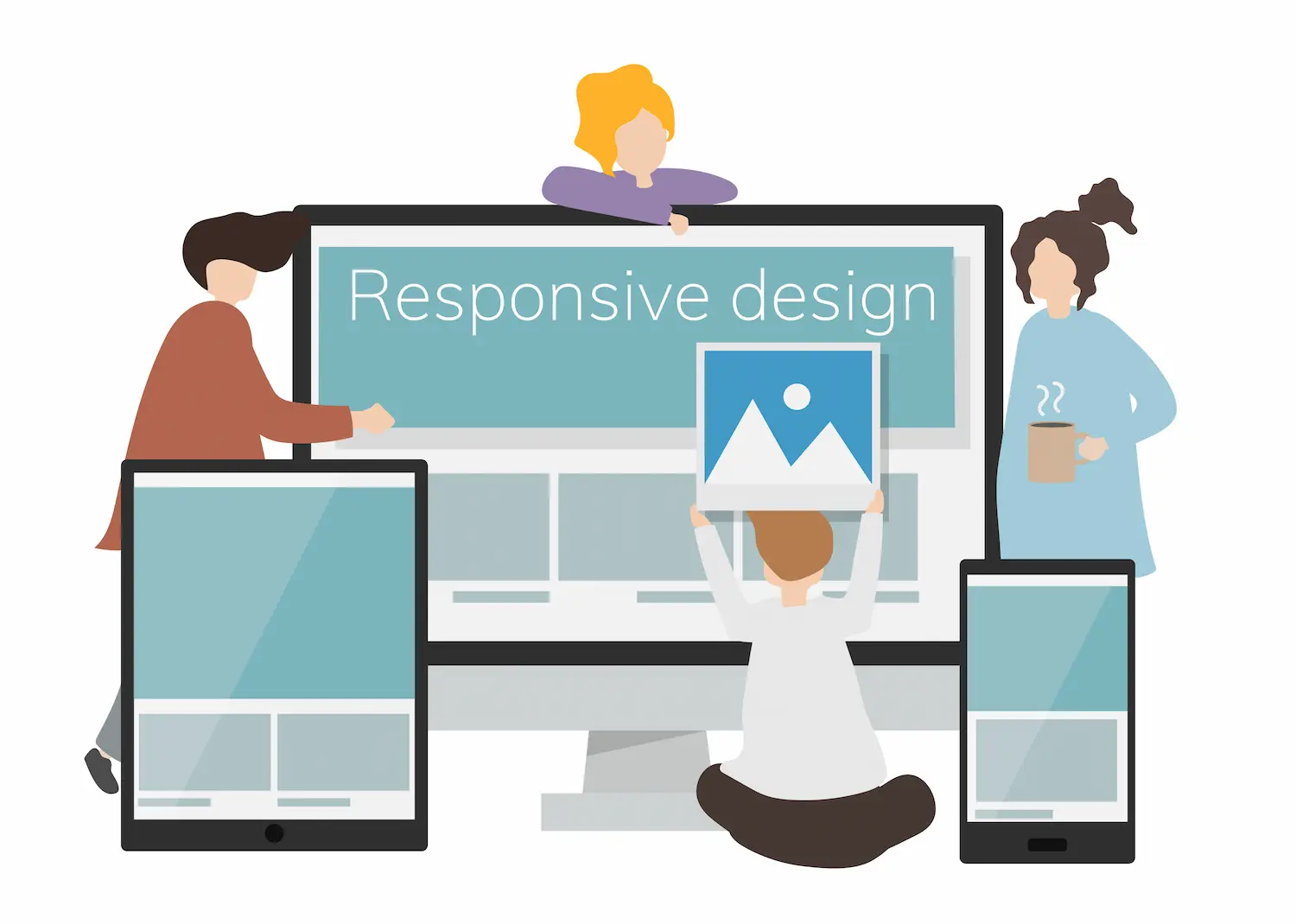The Importance of Responsive Design in 2025
In today’s fast-paced digital world, responsive design is no longer just a nice-to-have feature—it’s a necessity. With users accessing websites from a variety of devices, businesses must ensure that their websites deliver a seamless experience. A site that isn’t mobile-friendly risks alienating a significant portion of its audience, leading to lost opportunities.
Responsive design ensures that your website adapts flawlessly to any screen size, whether it’s a smartphone, tablet, or desktop. This adaptability not only improves usability but also enhances your brand’s credibility. In 2025, where competition is fierce, having a responsive website can set your business apart.
How Responsive Design Impacts User Experience
User experience (UX) plays a pivotal role in keeping visitors engaged on your website. Responsive design directly influences how users interact with your content. When a site is easy to navigate and visually appealing on all devices, visitors are more likely to stay longer and explore further.
Additionally, responsive design reduces bounce rates. If users find your website difficult to navigate or slow to load, they’ll leave almost immediately. By implementing responsive design, you create a user-friendly environment that encourages engagement and drives conversions.
SEO Benefits of Responsive Design
Search engines like Google prioritize mobile-friendly websites. This means that having a responsive design can significantly boost your search engine rankings. In 2025, when algorithms are even more sophisticated, websites that fail to adapt to modern standards will fall behind.
Responsive design also improves page speed, another critical factor for SEO. Faster loading times enhance user satisfaction and increase the likelihood of higher search rankings. By investing in responsive design, your business gains both immediate and long-term visibility.
Responsive Design and Future-Proofing Your Business
As technology evolves, so do user expectations. Responsive design ensures that your website remains relevant as new devices and screen sizes emerge. This adaptability saves your business from costly redesigns in the future.
Moreover, a responsive website positions your brand as forward-thinking and customer-focused. Businesses that prioritize user needs are more likely to foster loyalty and gain a competitive edge in their industry.
Steps to Achieve Responsive Design
Achieving responsive design requires a strategic approach. Start by assessing your current website’s performance across different devices. Tools like Google’s Mobile-Friendly Test can provide valuable insights.
Next, collaborate with experienced web designers who understand the latest trends and technologies. Investing in professional expertise ensures that your website meets the highest standards of functionality and design.
In 2025, responsive design is non-negotiable for businesses aiming to thrive in the digital landscape. By prioritizing this essential feature, you’ll not only enhance user experience but also drive success for your brand.





